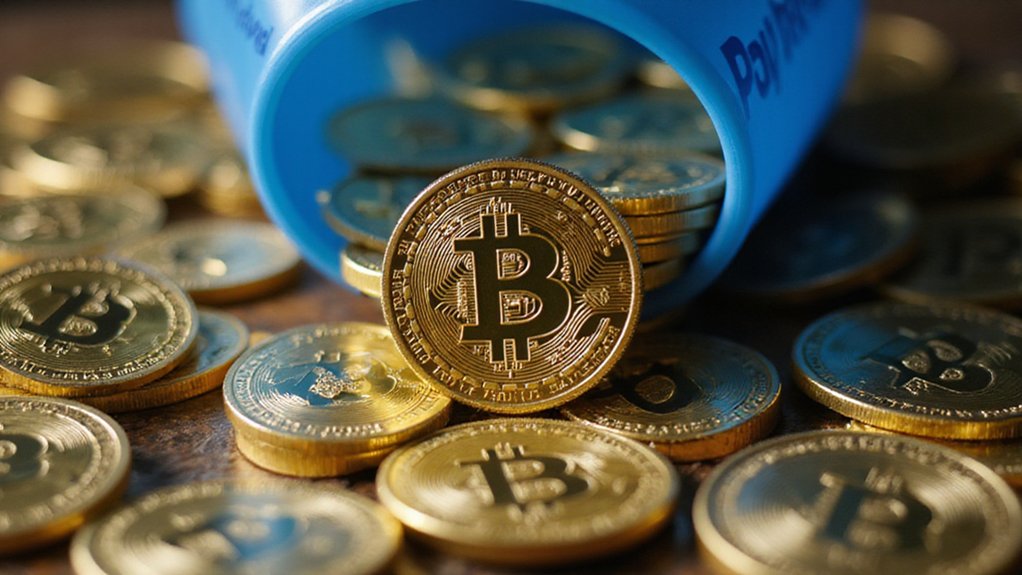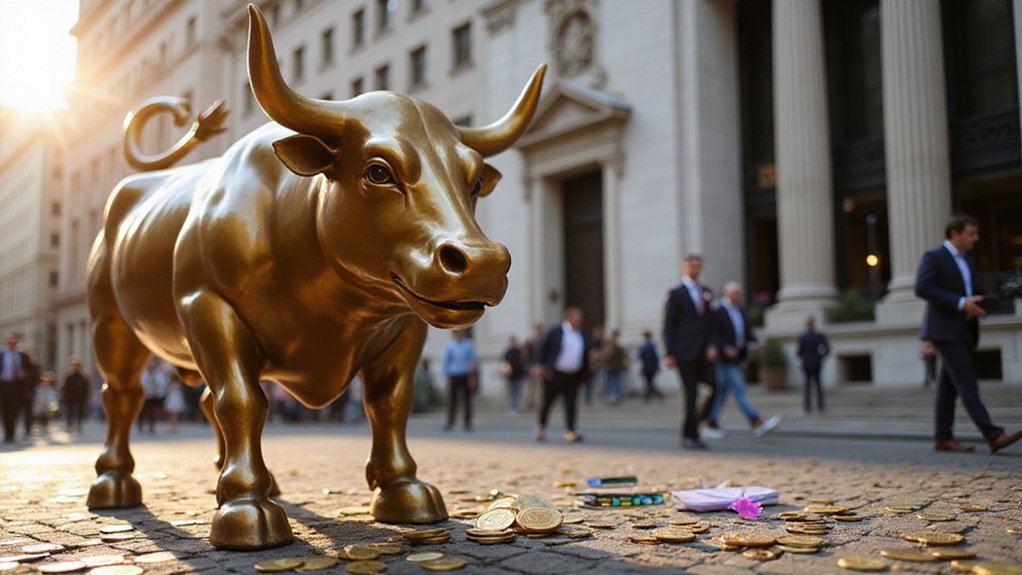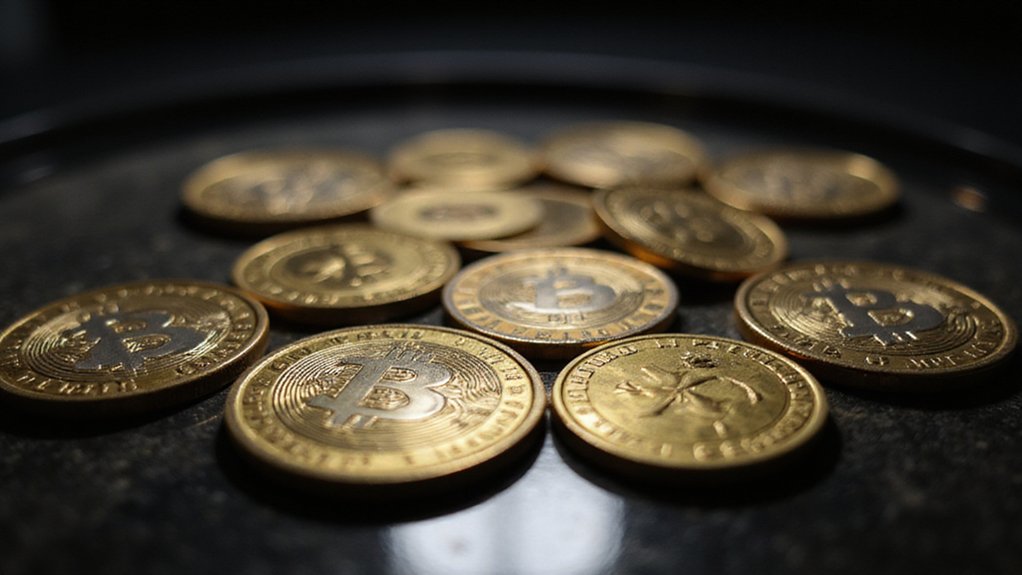The cryptocurrency industry, having spent the better part of four years maneuvering through the Byzantine regulatory maze erected during the Biden administration, now finds itself in the peculiar position of watching a former president—who once dismissed Bitcoin as a “scam against the dollar”—orchestrate what may prove to be the most extensive digital asset policy transformation in American history.
Trump’s thorough approach, spanning from January’s executive order establishing David Sacks’ working group to July’s GENIUS Act and the Strategic Bitcoin Reserve initiative, represents a remarkable pivot that has already catalyzed a 74% surge in Bitcoin prices and added $1.57 trillion to global crypto market capitalization.
Trump’s comprehensive crypto strategy has triggered unprecedented market growth, transforming $1.57 trillion in global digital asset valuations within months.
The administration’s ambition to create the world’s “deepest and most liquid” digital asset market through systematic regulatory overhaul suggests a fundamental shift in how Washington perceives blockchain technology‘s economic potential.
Yet beneath this surface enthusiasm lies a troubling contradiction that threatens to undermine the very innovation the administration claims to champion. While the GENIUS Act provides much-needed clarity for dollar-pegged stablecoins—which Trump now hails as revolutionary as the internet itself—the broader regulatory framework remains frustratingly vague on critical implementation details.
The working group’s mandate to foster “clear regulatory frameworks” sounds impressive until one considers that meaningful crypto regulation requires managing complex intersections between securities law, commodity trading rules, tax policy, and banking regulations. The administration’s 180-day timeline for the working group to submit its comprehensive regulatory framework report to the President reflects an ambitious schedule that may struggle to address these multifaceted challenges.
The Strategic Bitcoin Reserve initiative exemplifies this dilemma perfectly: creating a government-held digital asset stockpile may signal legitimacy to institutional investors, but it also raises uncomfortable questions about market manipulation and the federal government’s evolving relationship with decentralized finance. The transition from what was once considered an oxymoron to a legitimate regulatory framework represents a fundamental shift in how authorities approach digital asset oversight.
How does one reconcile promoting innovation with accumulating strategic reserves in assets whose value proposition partly depends on independence from government interference?
Perhaps most concerning is the administration’s rush to embed cryptocurrency across economic sectors—mortgages, retirement plans, taxation—without addressing fundamental infrastructure gaps. The new regulatory framework requires stablecoin issuers to establish comprehensive anti-money laundering programs to prevent illicit activities and ensure national security compliance.
The crypto industry’s maturation requires more than regulatory clarity; it demands robust custody solutions, sophisticated risk management frameworks, and consumer protection mechanisms that current policy discussions barely acknowledge.
Trump’s crypto transformation may ultimately succeed in positioning America as a digital asset leader, but only if policymakers can bridge the gap between ambitious rhetoric and practical implementation realities.









